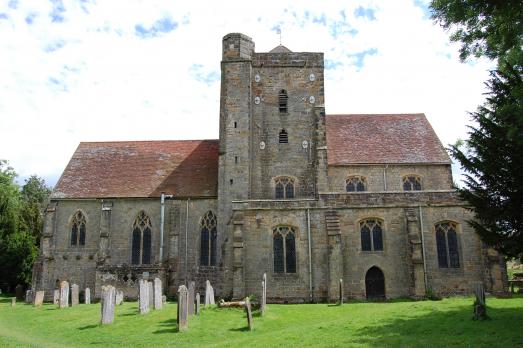
Assumption of Blessed Mary & St Nicholas
Etchingham, GB
A very fine Grade I listed church built around 1370 in water meadows, it was originally moated.
Here you can search for a building to visit. You can use the map find destinations, or you can use the filters to search for a building based upon what different criteria.

Etchingham, GB
A very fine Grade I listed church built around 1370 in water meadows, it was originally moated.
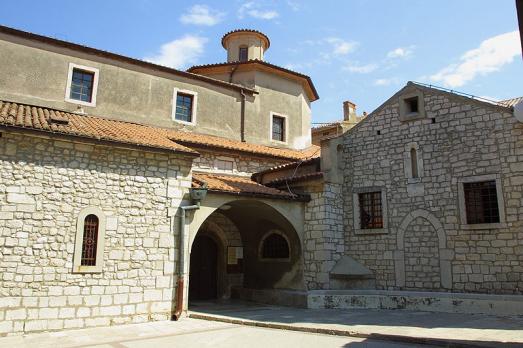
Vrbnik, HR
The church of the Assumption of the Blessed Virgin Mary, probably built in the 13th century, is bordered by chapels dating from the 15th and 16th centuries. The bell tower was built in 1527, as shown by the Glagolitic inscription at its entrance. On the main altar of the church is a magnificent altar made of gilded wood from the Renaissance.
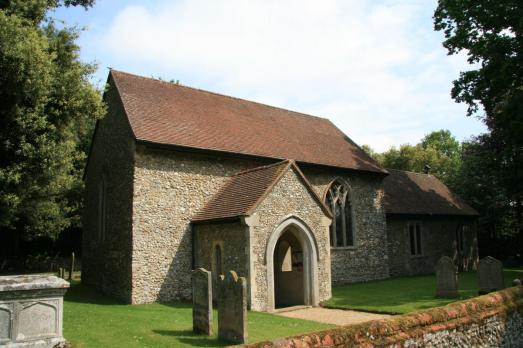
West Barsham, GB
The modest sized Grade II* church of the Assumption is at least 12th century in origin.

Kallithea, GR
.
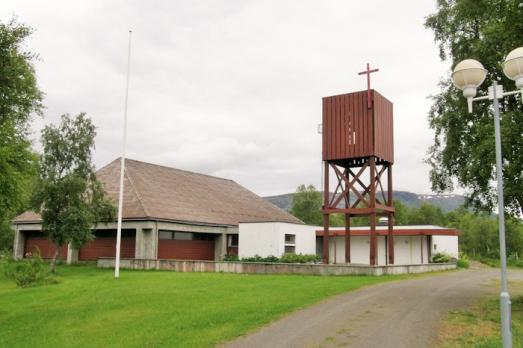
Grovfjord, NO
Astafjord church was built in 1977-78 and architect Harald Hille was commissioned to design the church.
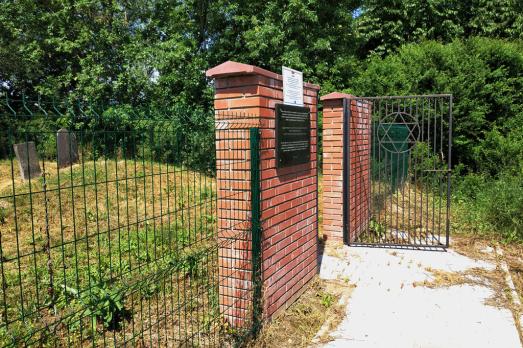
Astey, UA
The exact period of the cemetery’s establishment is unknown, but it can be assumed that it emerged in the 19th century. It first appears on cadastral maps from 1865. The cemetery was fenced by ESJF in June 2016.
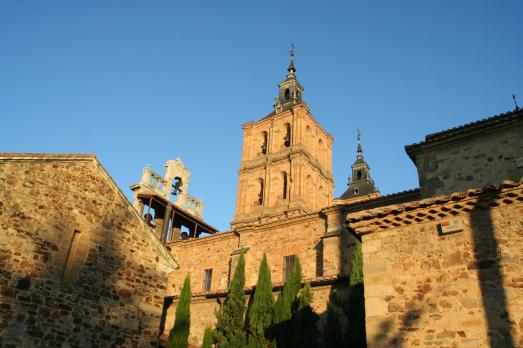
Astorga, ES
The construction of Astorga Cathedral began in 1471, using the structure of the previous Romanesque cathedral of the 11th and 13th centuries. The work lasted until the 18th century and gave rise to different architectural styles: Gothic on the inside, Baroque on the outside of the towers, and Renaissance on the façade and porch.

Bali, GR
Atali Monastery is an active male monastery dedicated to Saint John the Baptist.
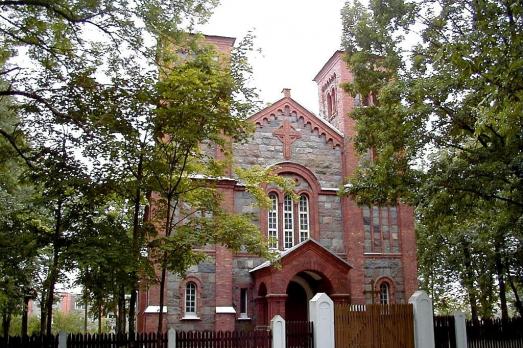
Atašiene, LV
Atasiene Church is a Roman Catholic church built between 1931 and 1937 on the site of a previous wooden church dating from 1804. The new church is a two-tower building with a tin roof and tiled floors. In the high altar, you can see the icon of the Mother of Sorrow.
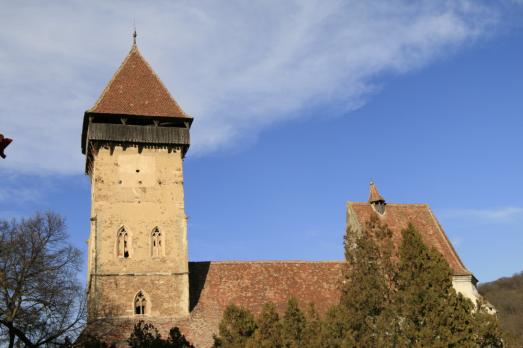
Ațel, RO
The importance of the village of Aţel in the Middle Age results from its Gothic basilica which was built in several phases, boasting a transept, a sacristy, and a western tower. The impressive stone carvings on the pillars of the middle nave originate from the first building phase in 1380, while the rich decorated western portal might have been added in the second building phase at the beginning of the 15th century, when the fortification wall was built. In 1499 the third building phase was completed with the construction of the vaults above the naves, the heightening of the chancel and the building of the upper floors on the tower. Inside the church, beside the magnificent capitals of the pillars one can admire, the late Gothic sedilia and the finely crafted portal of the sacristy are very remarkable. The chancel boasts a pew with carvings and inlay work dating back to 1516.

new
Nestled amidst the serene landscapes of the Harz region, lies a hidden gem for nature enthusiasts and history buffs alike - the Harz Monastery Hiking Trail. Lace up your hiking boots and embark on this captivating adventure that will transport you back in time.

The Holy Mile (Miglio Sacro) of Naples is a one-mile-long itinerary, through sacred places linked to the city's patron saint, San Gennaro, in the Rione Sanità district. Discover the city from a new perspective with this unique walking tour.

As a university city, cultural offerings abound in Tartu and will reach their peak after being designated one of three European Capitals of Culture for 2024. In this list, we've compiled the most interesting sacred places to visit in and around the old town.